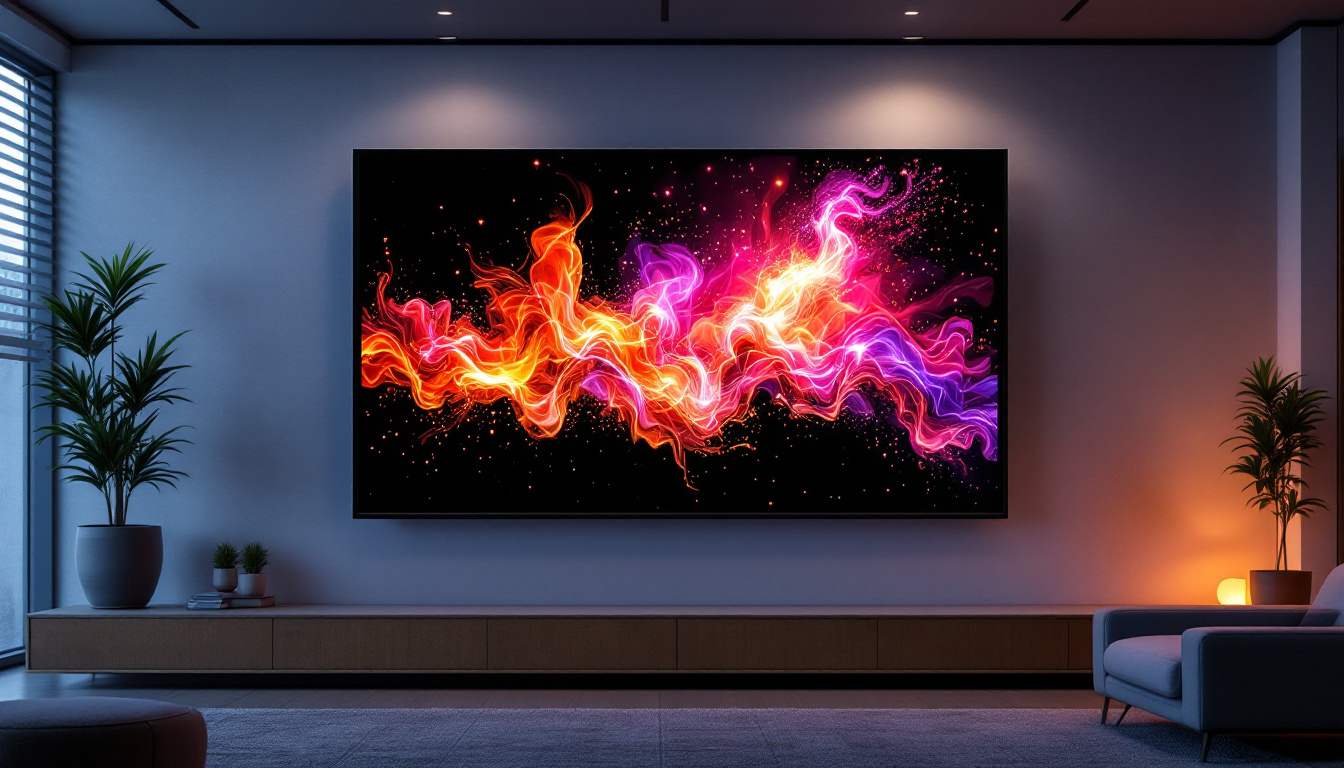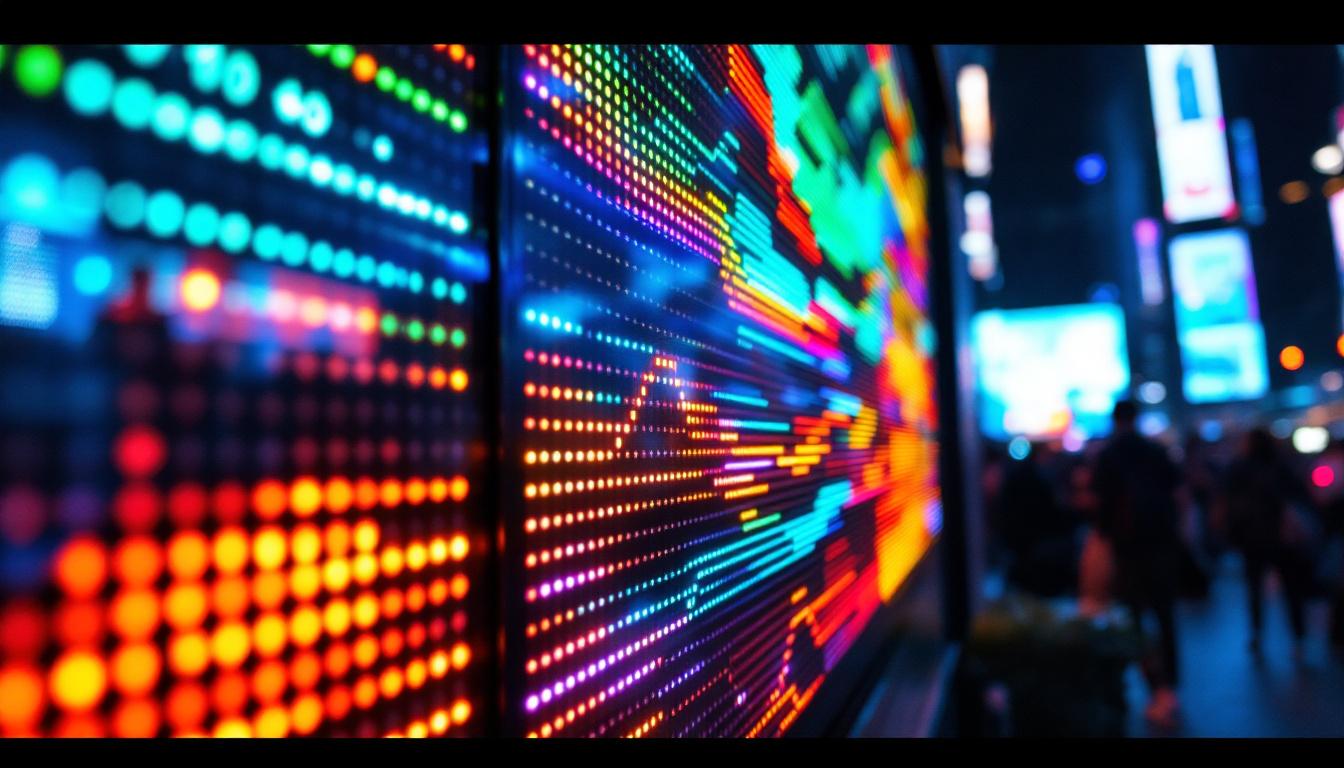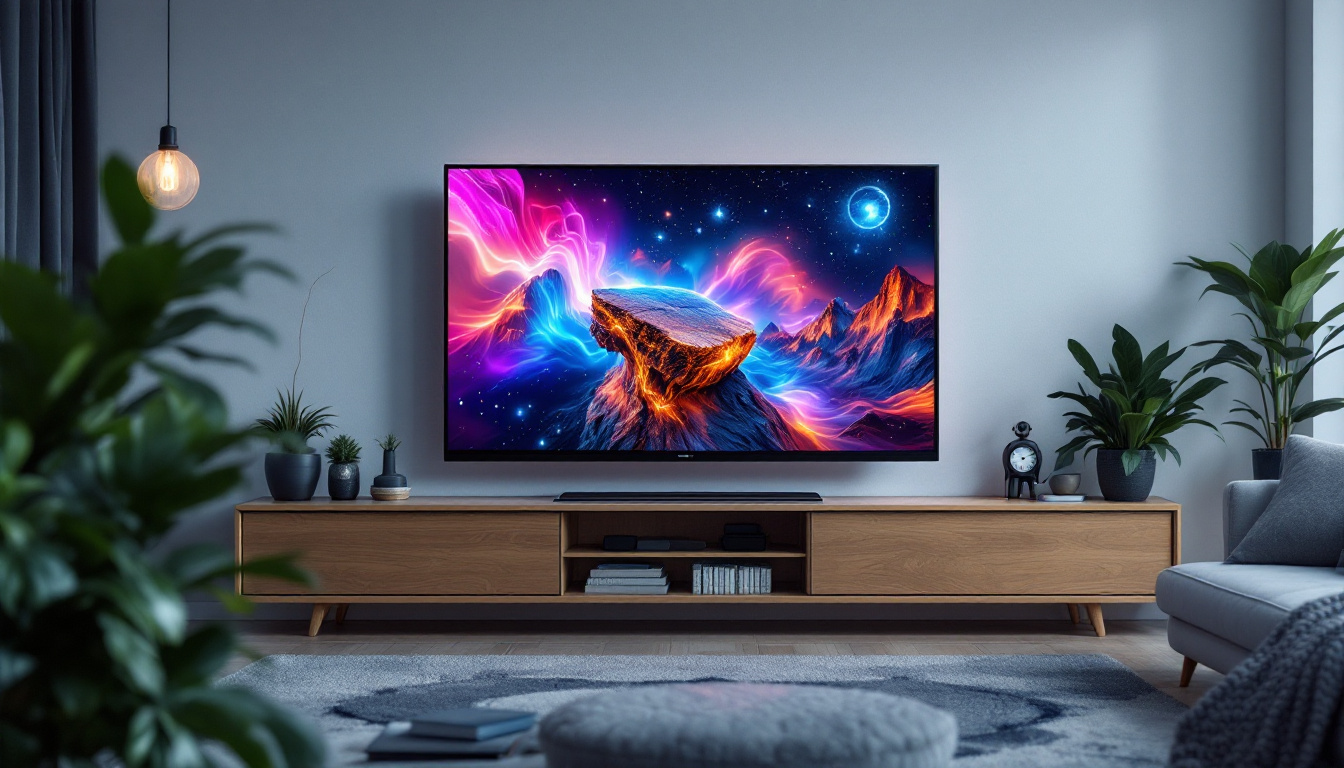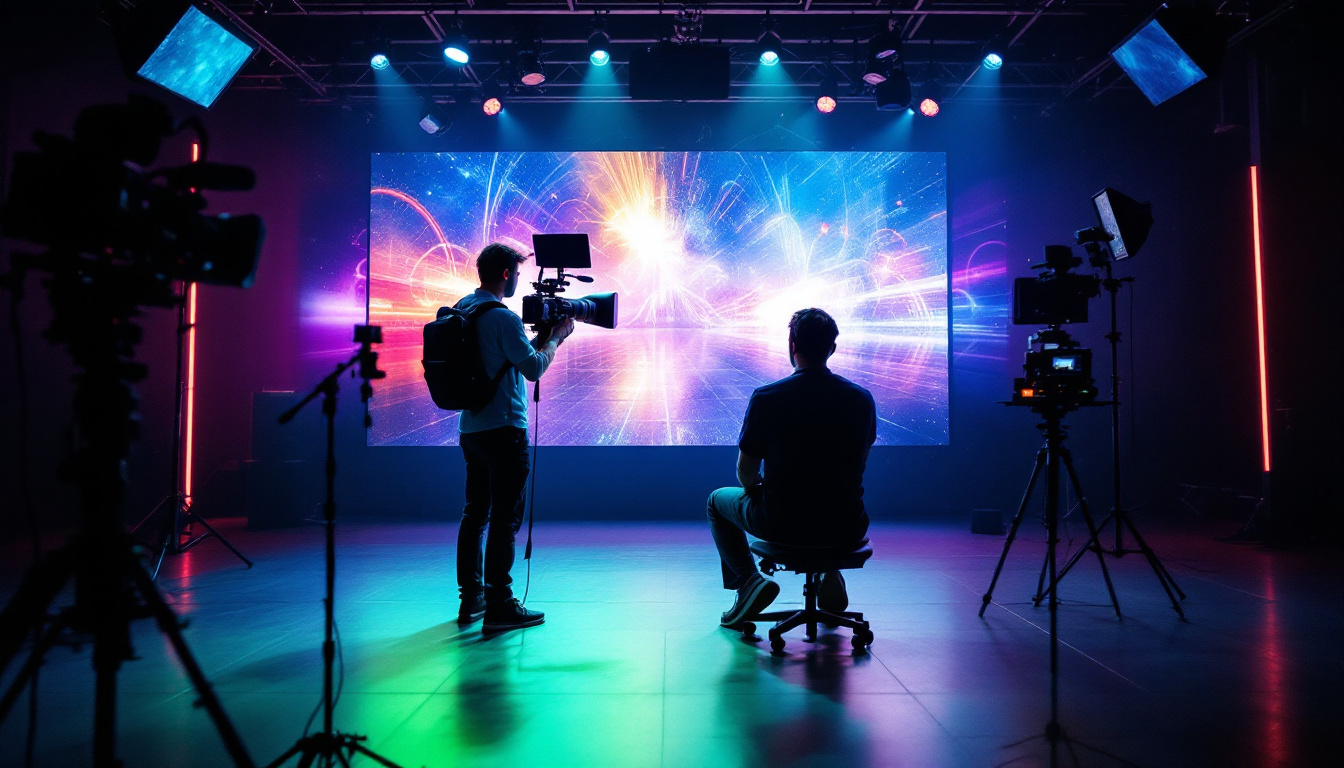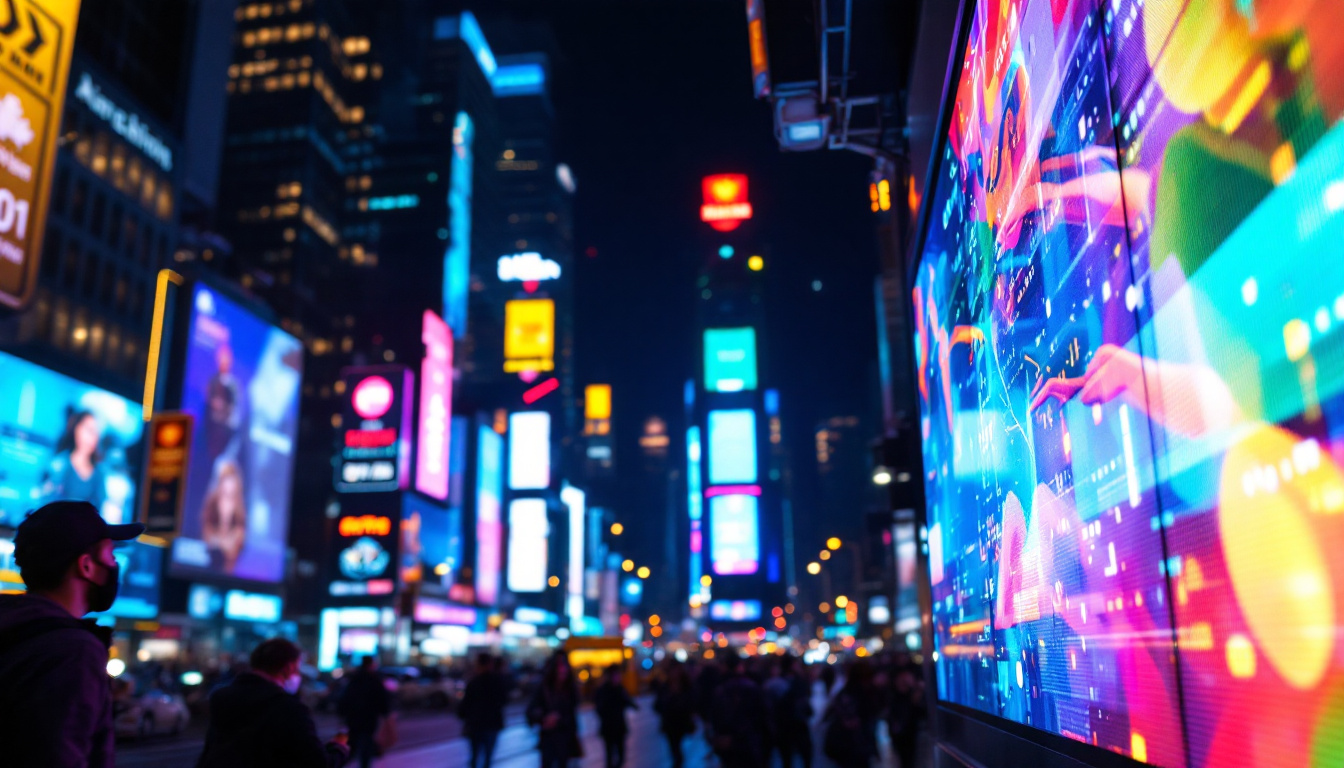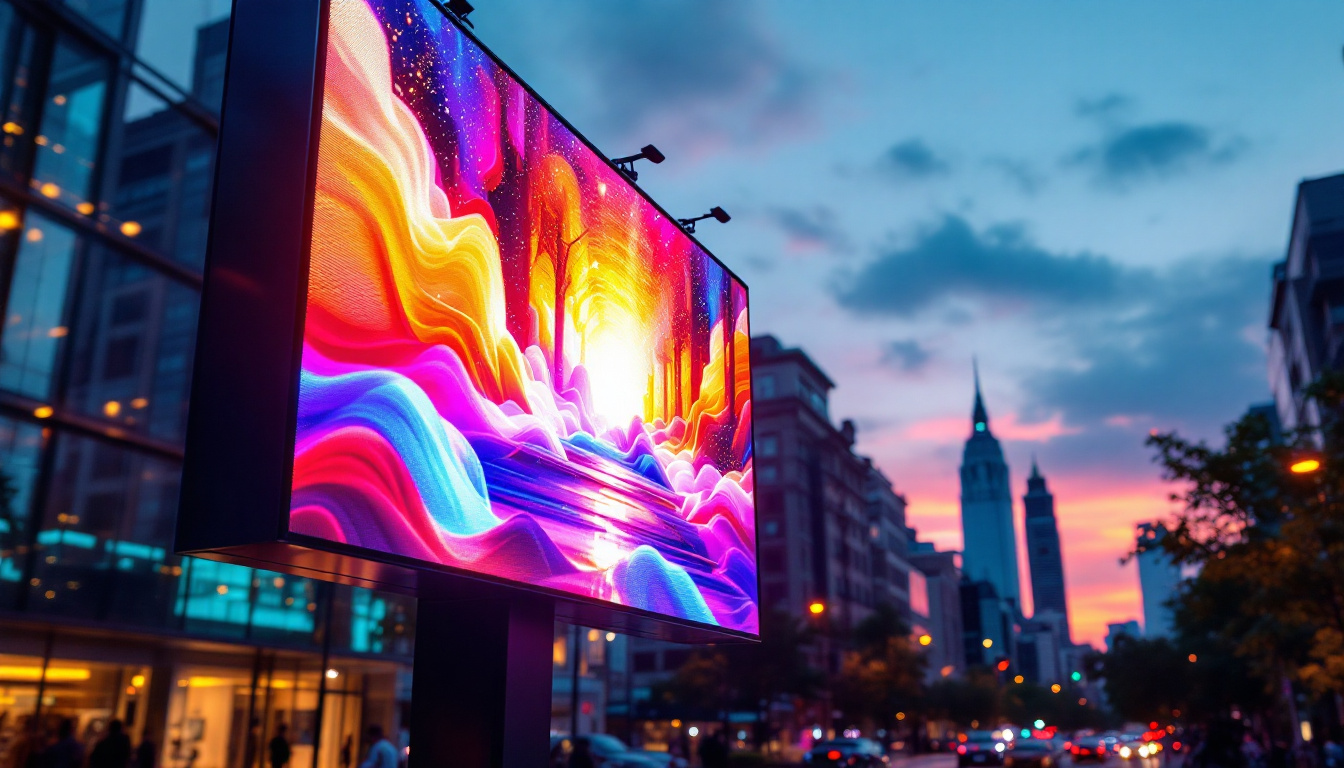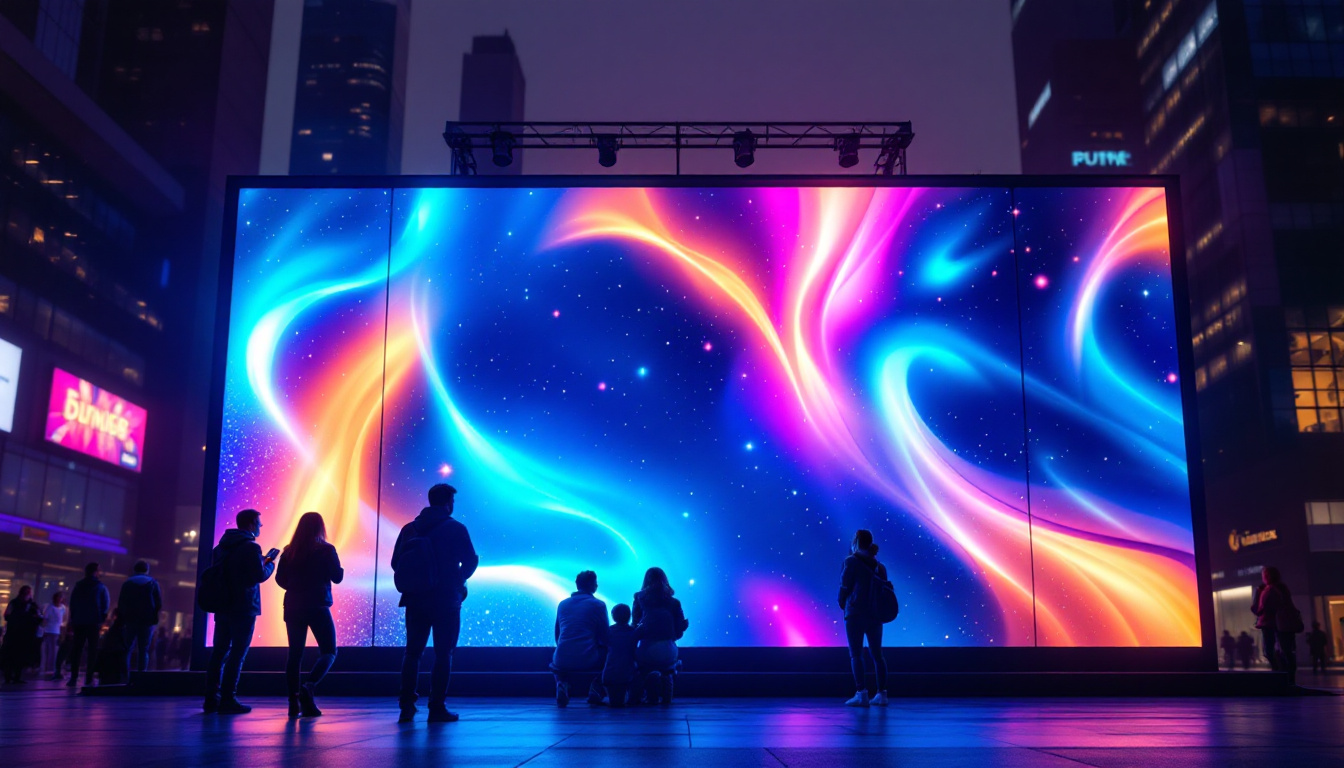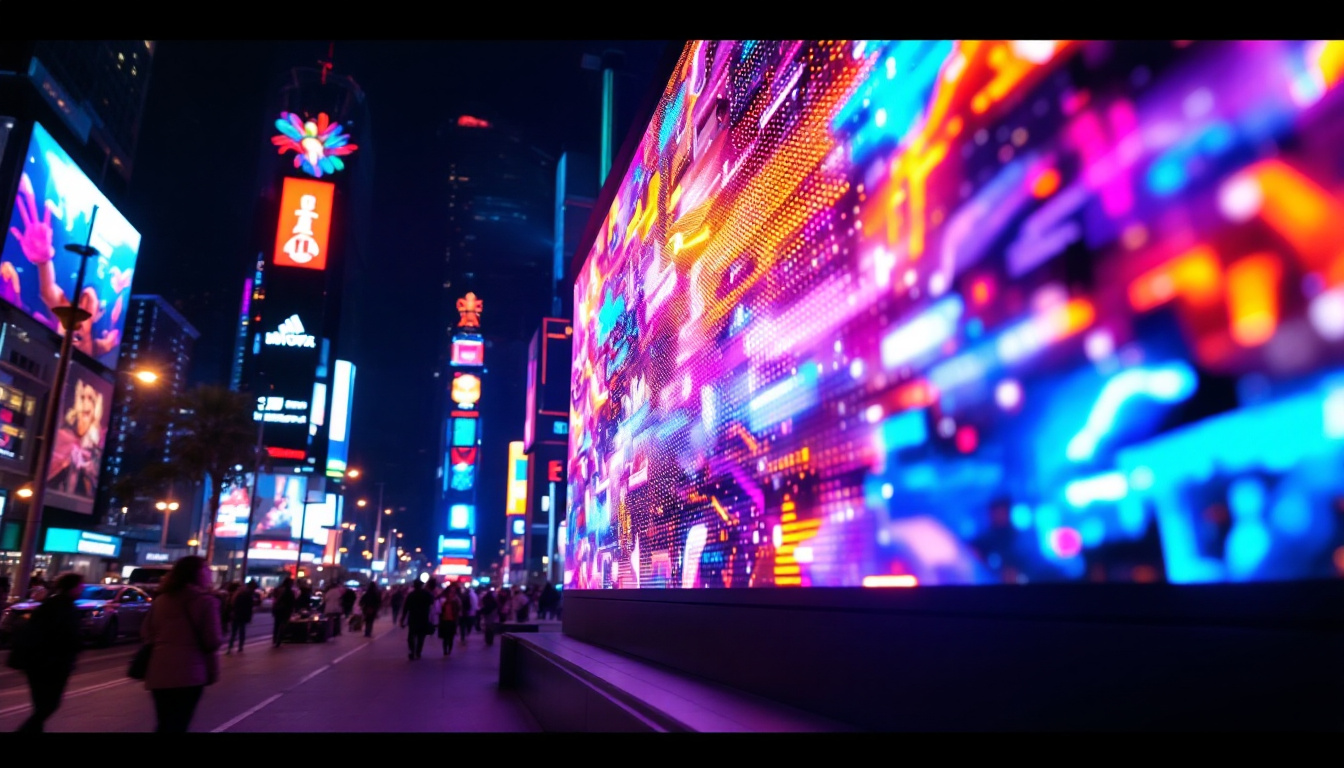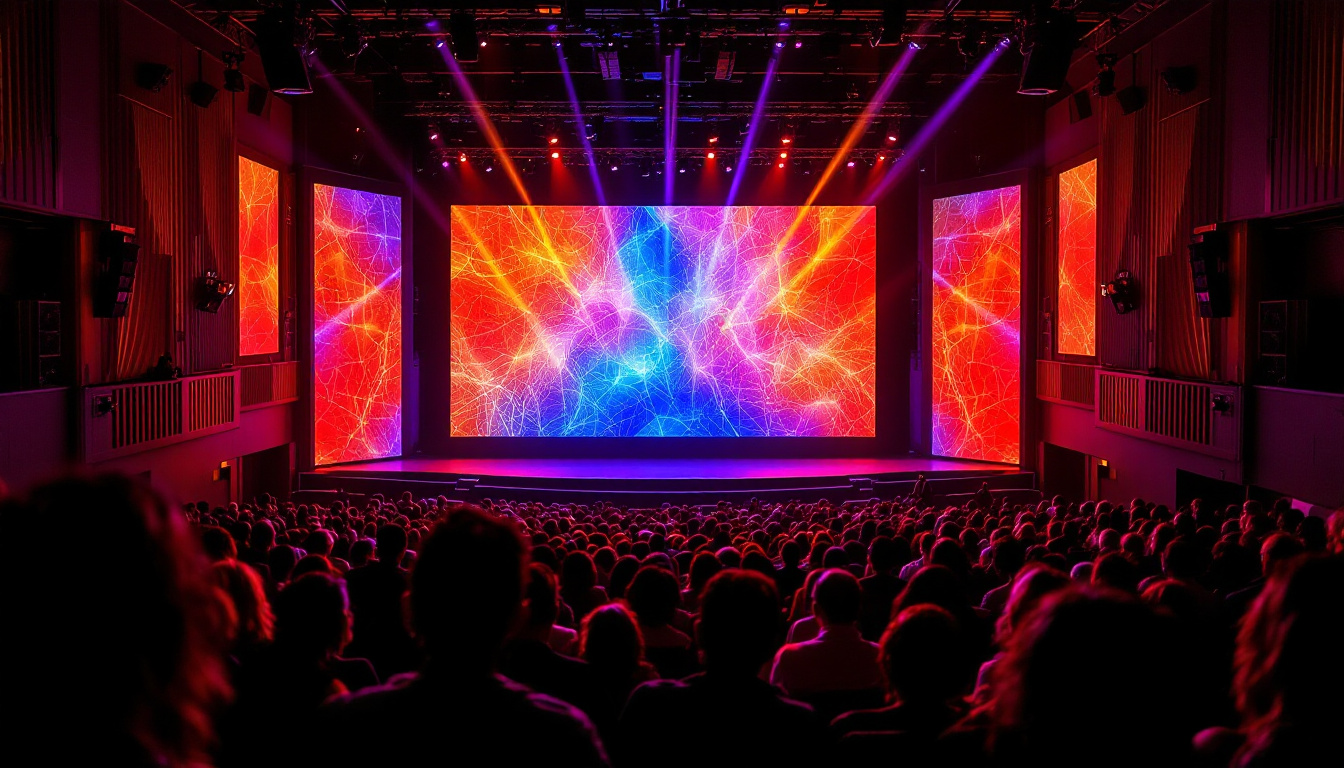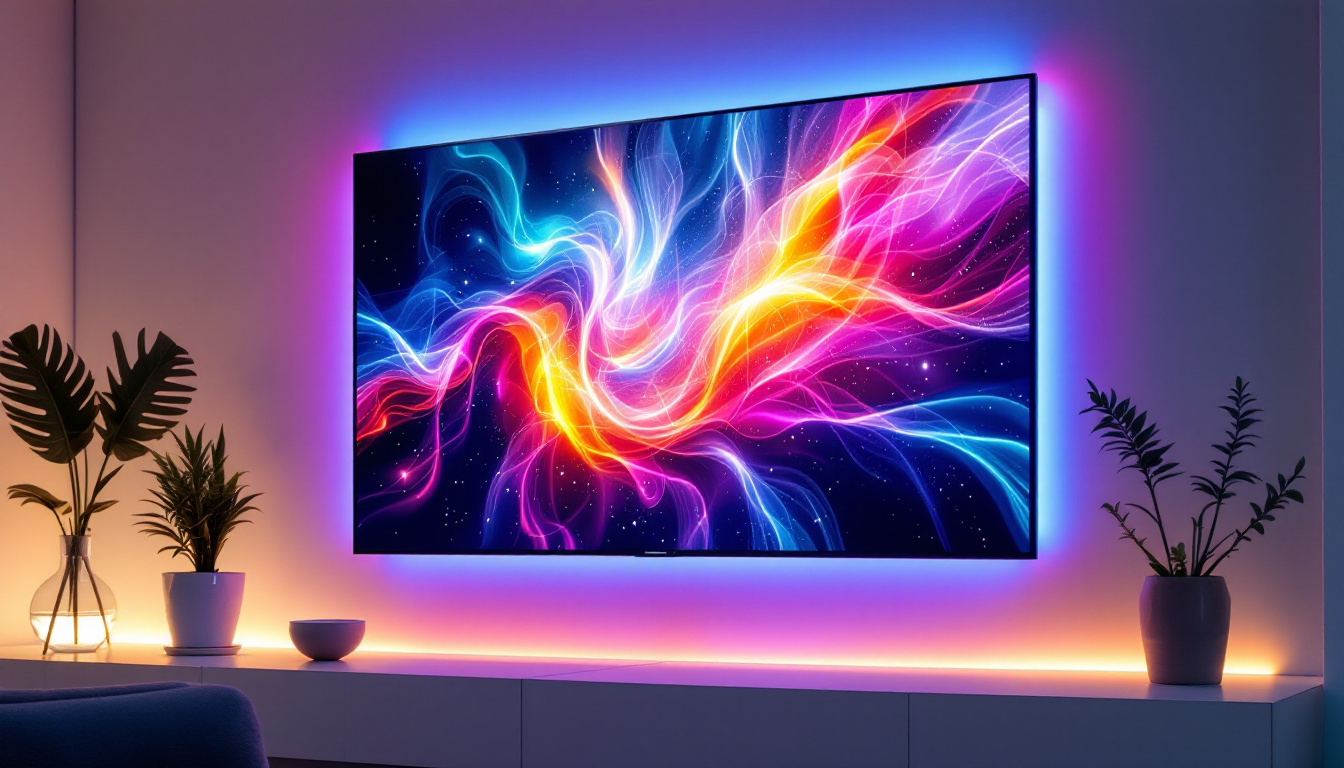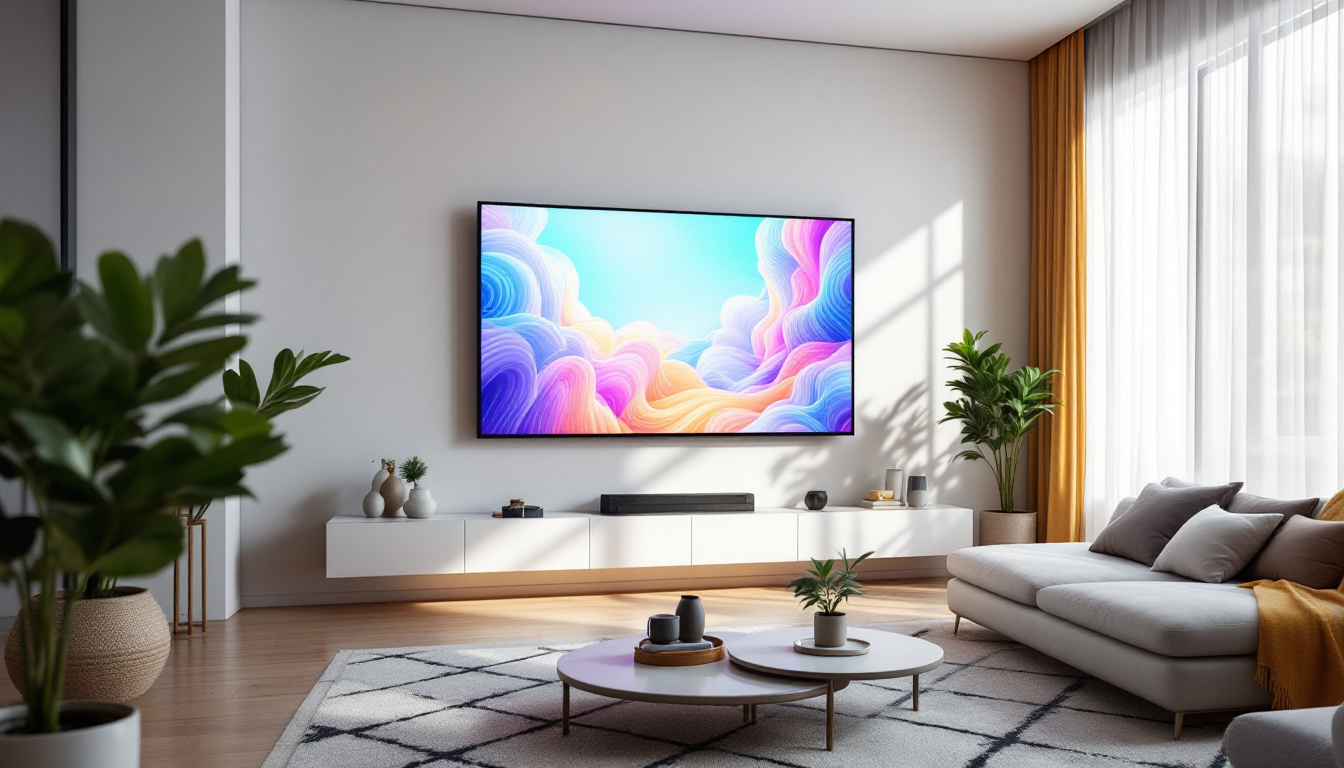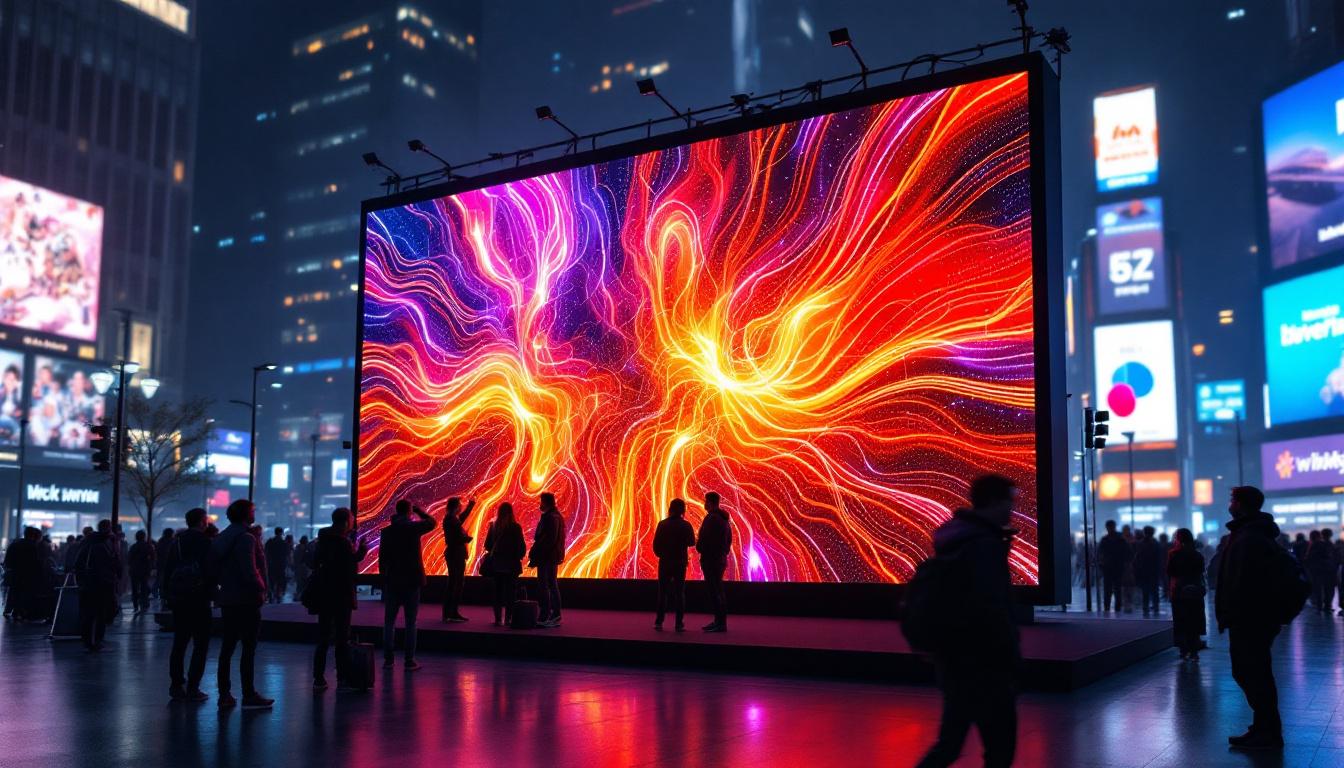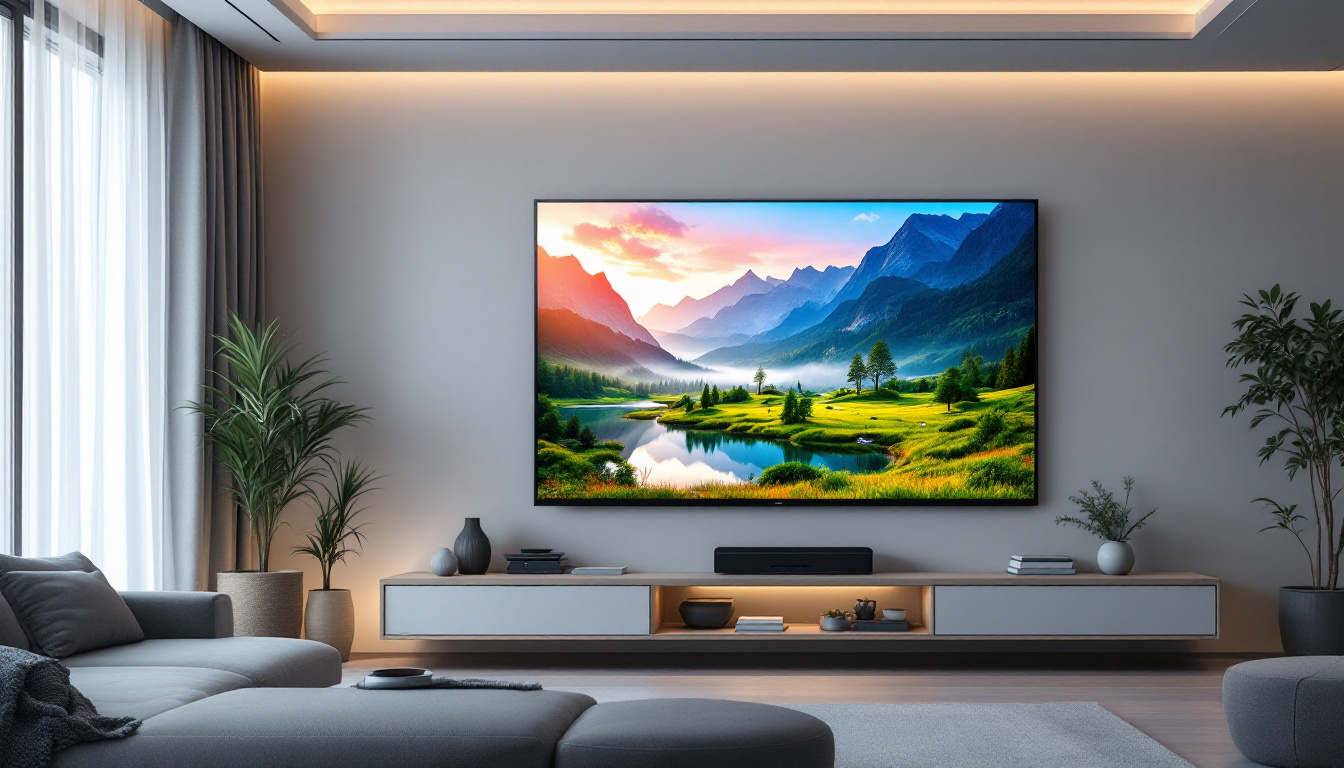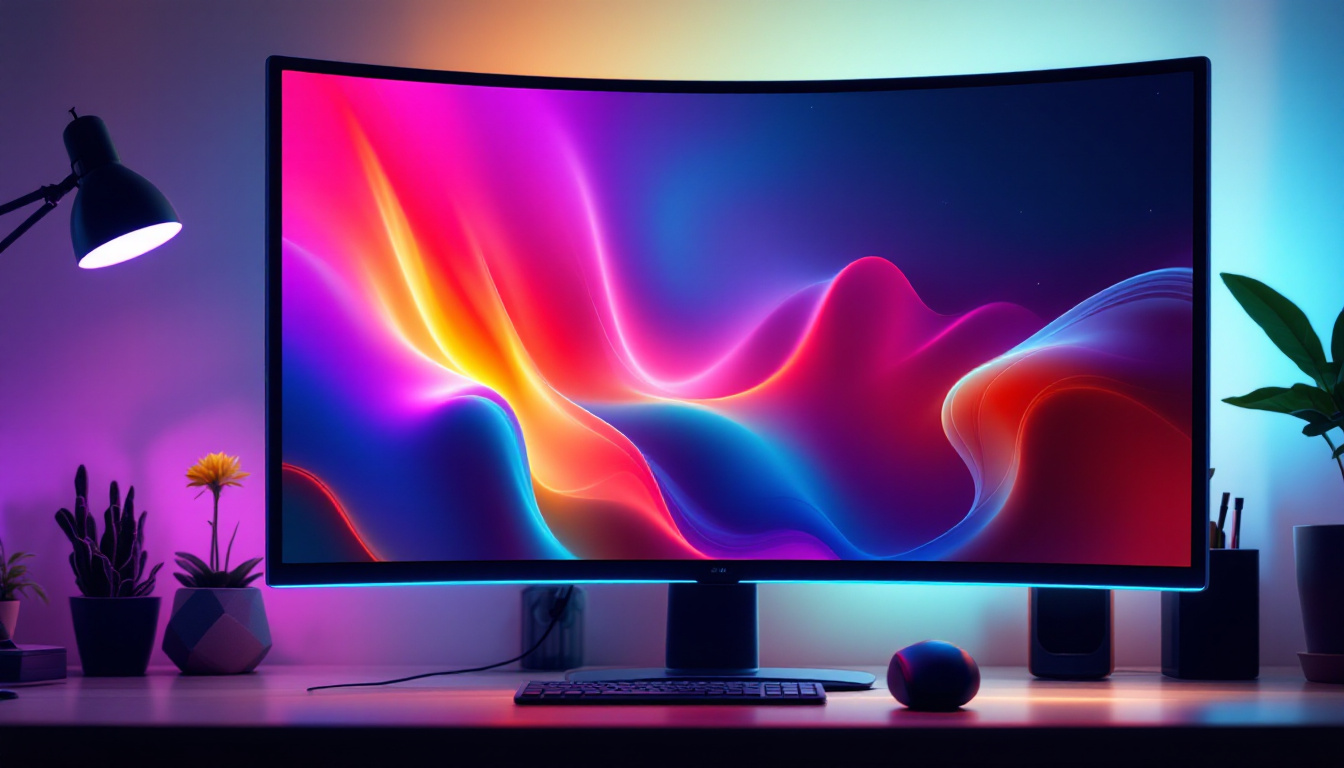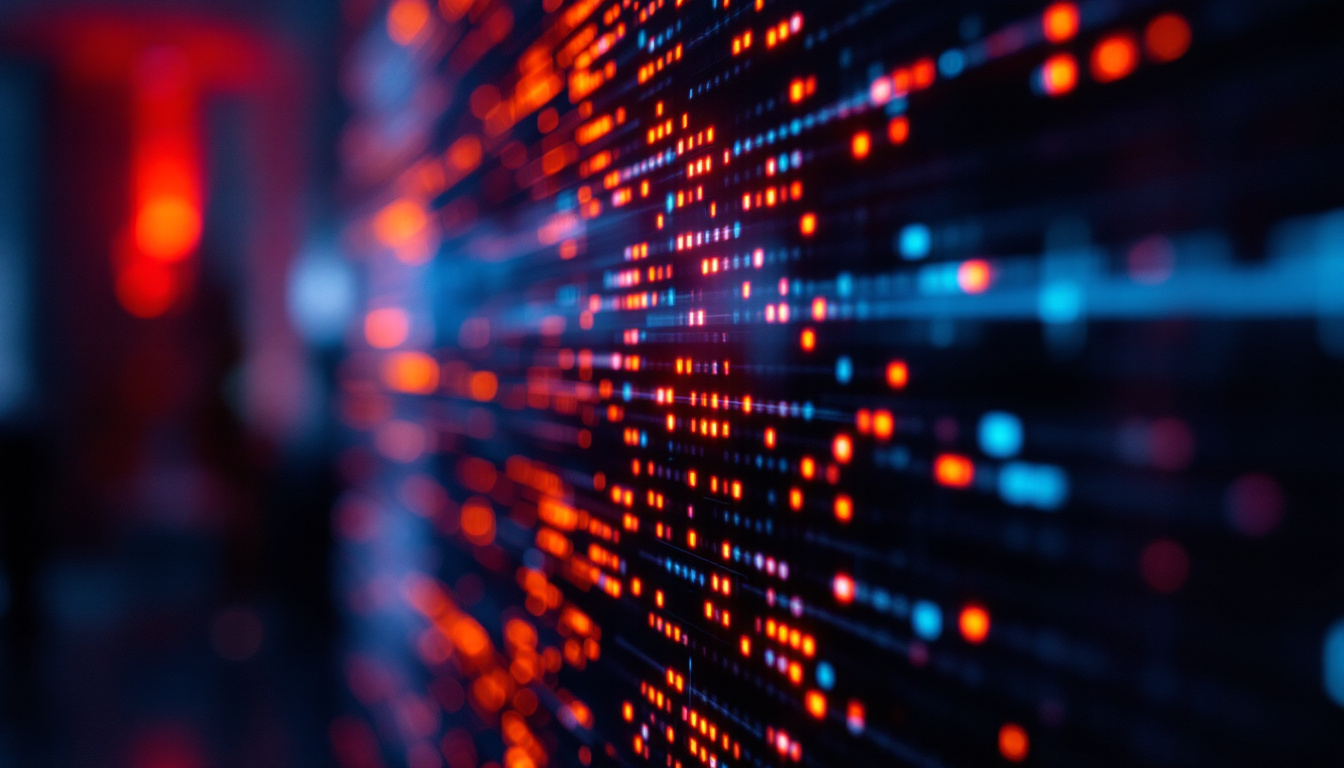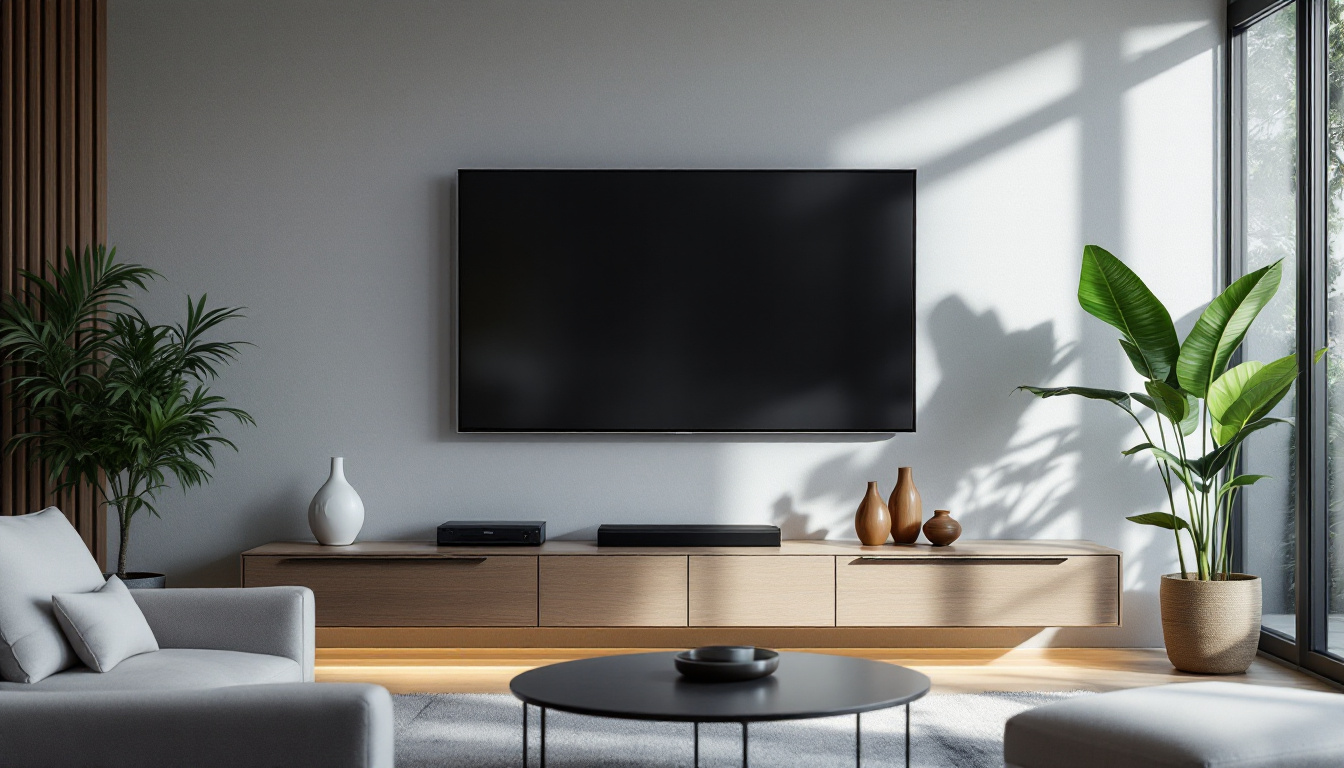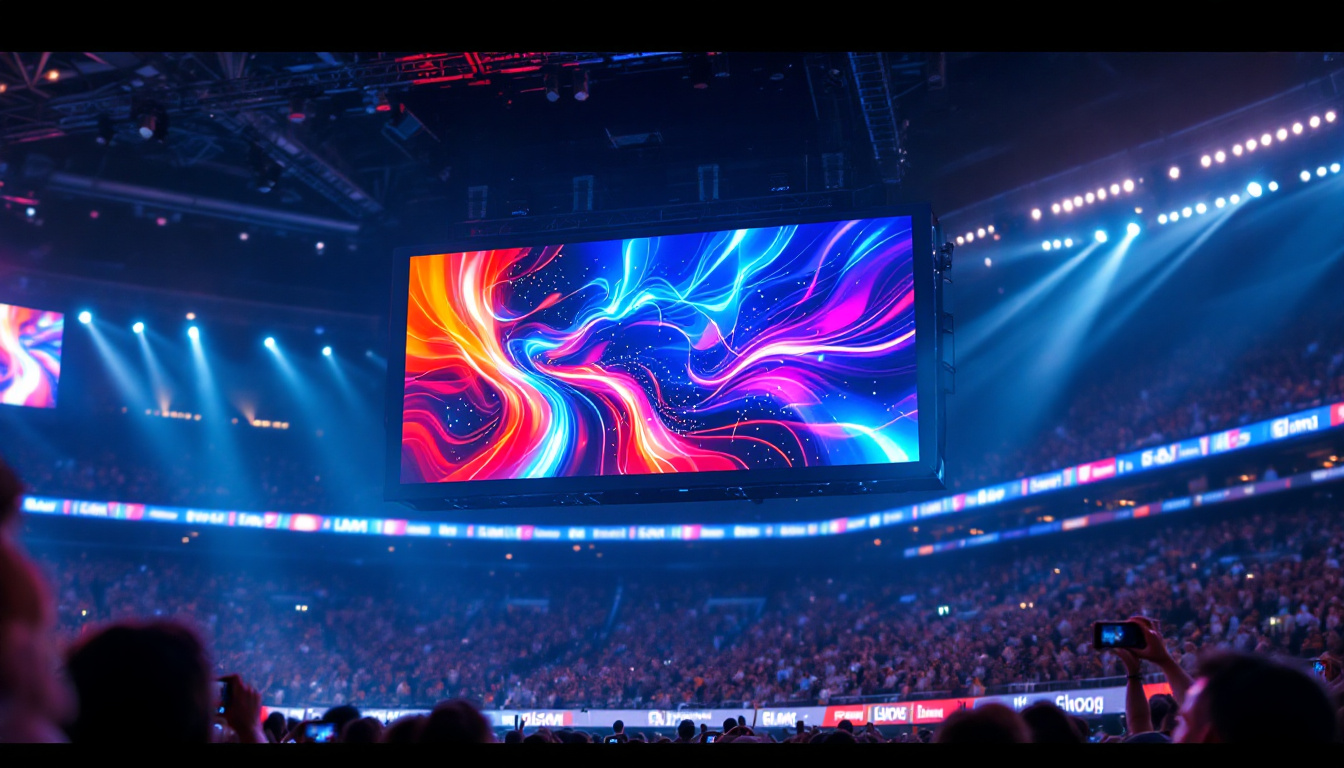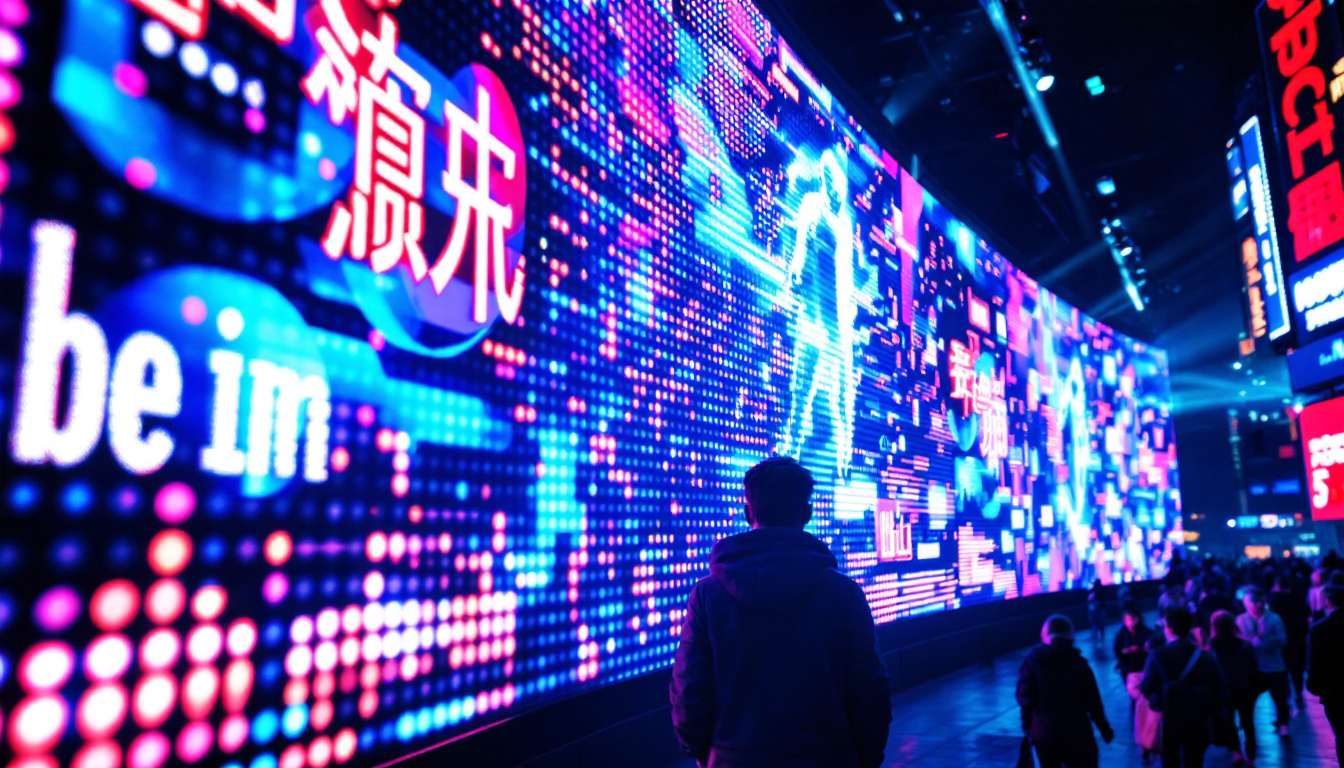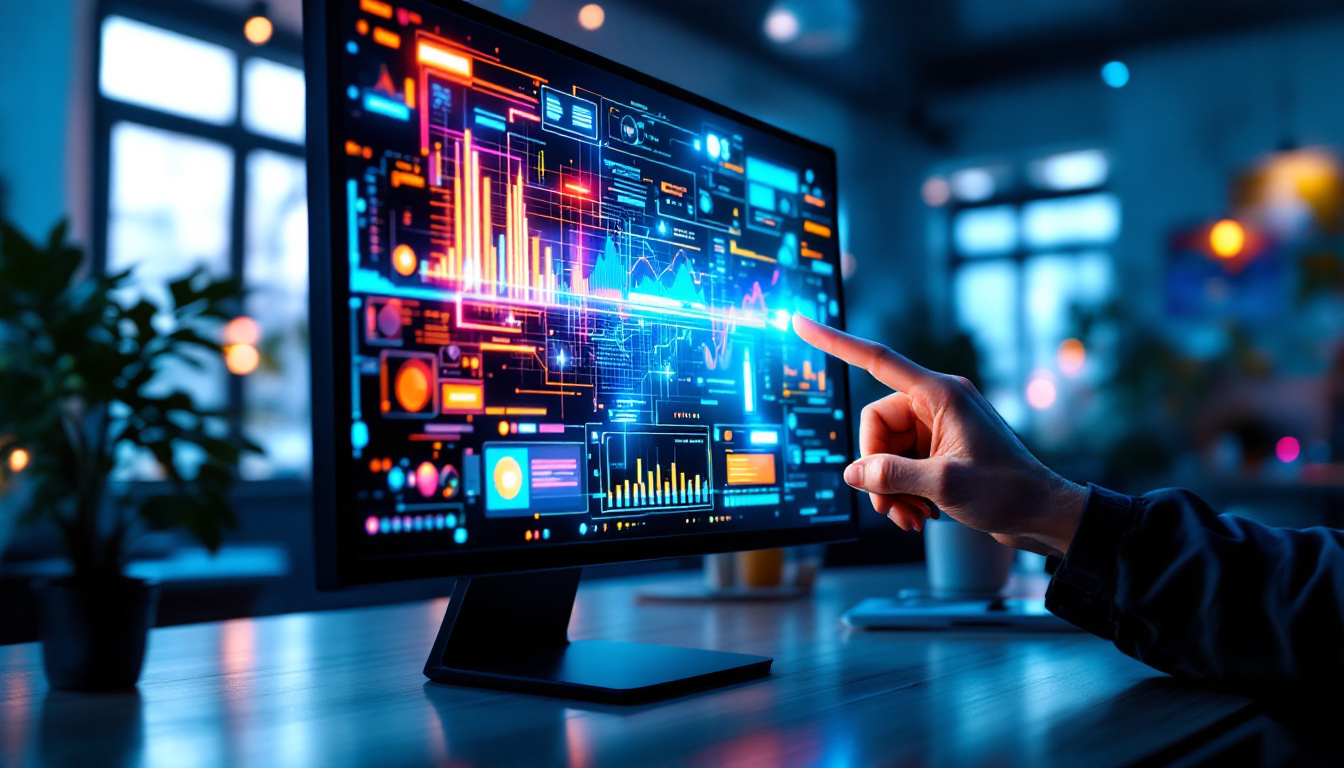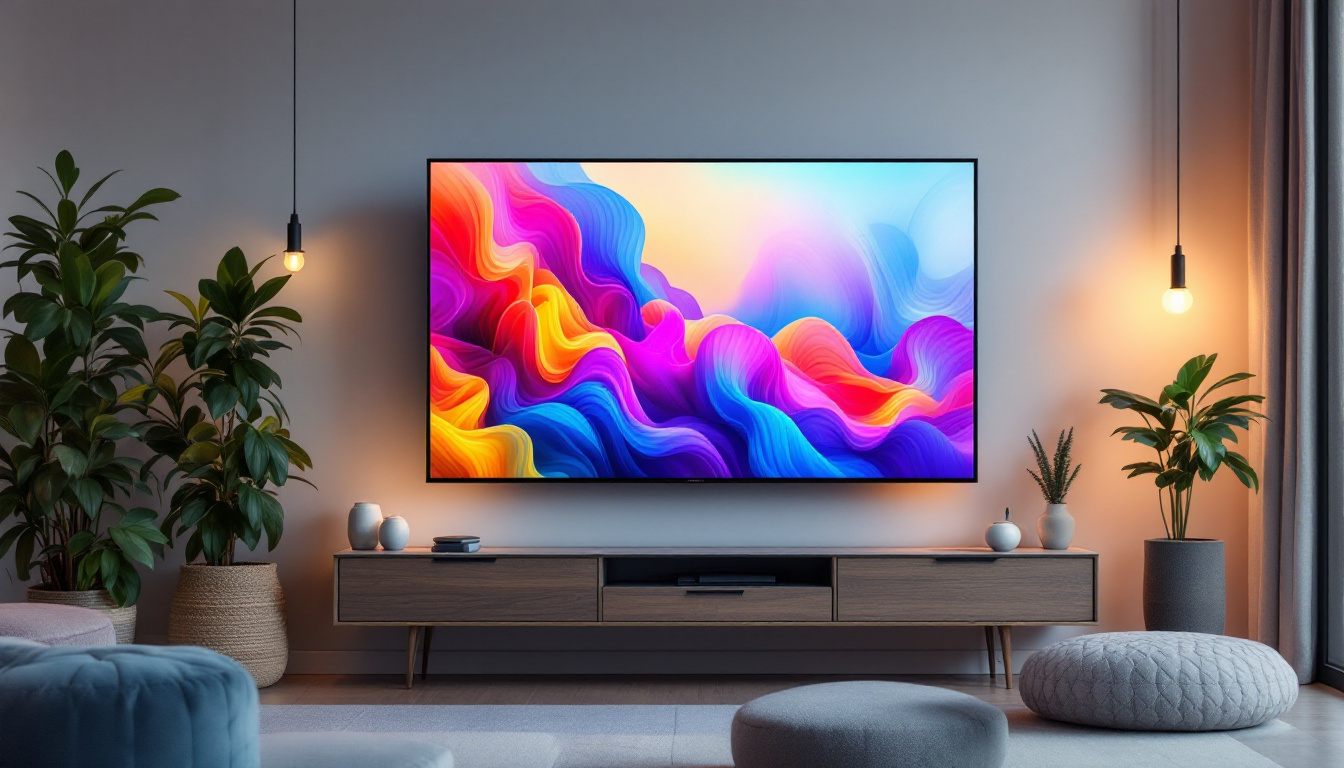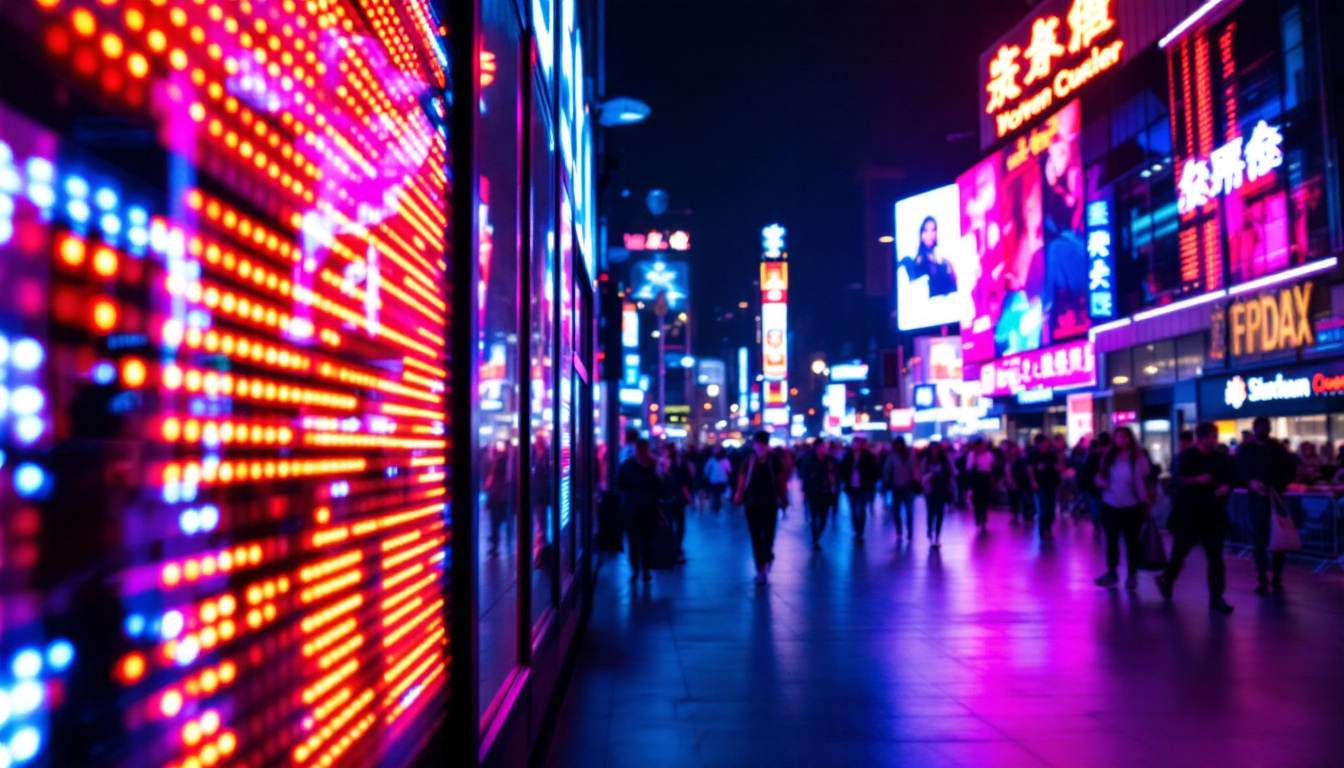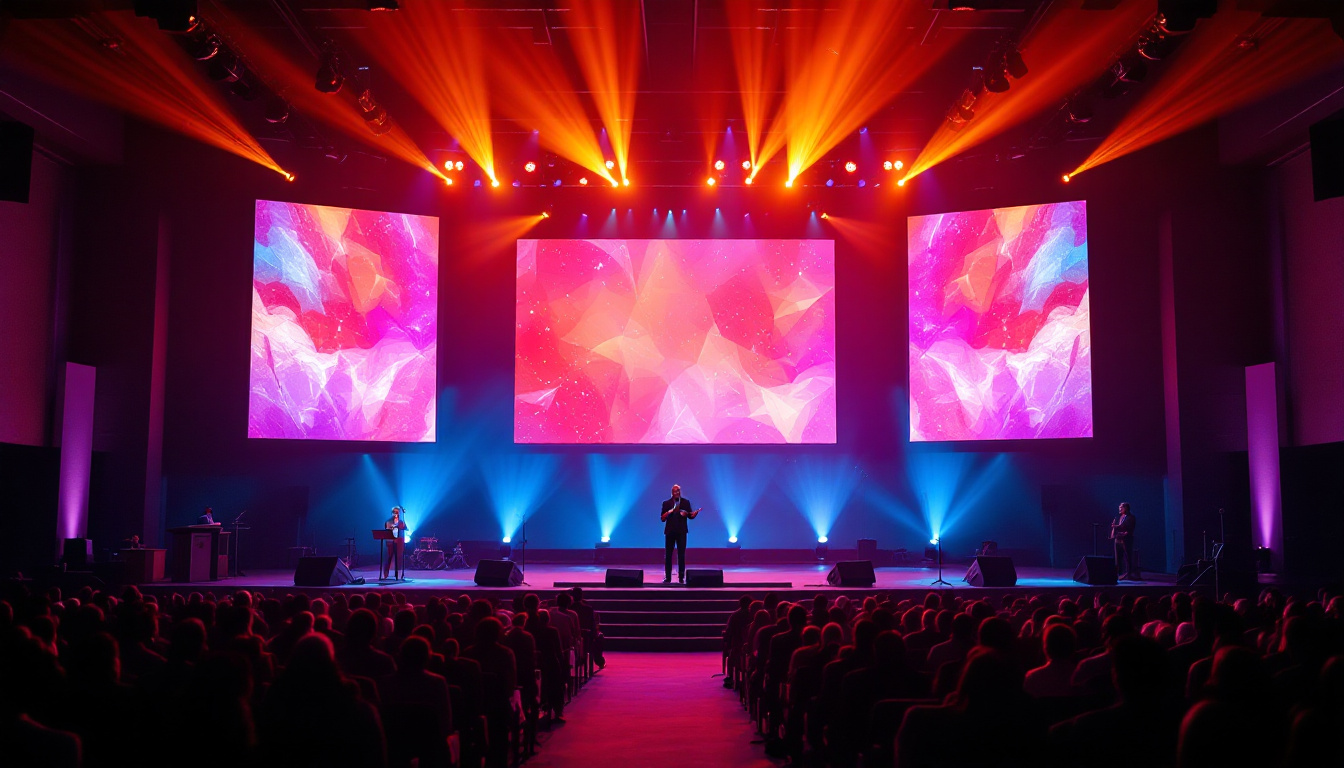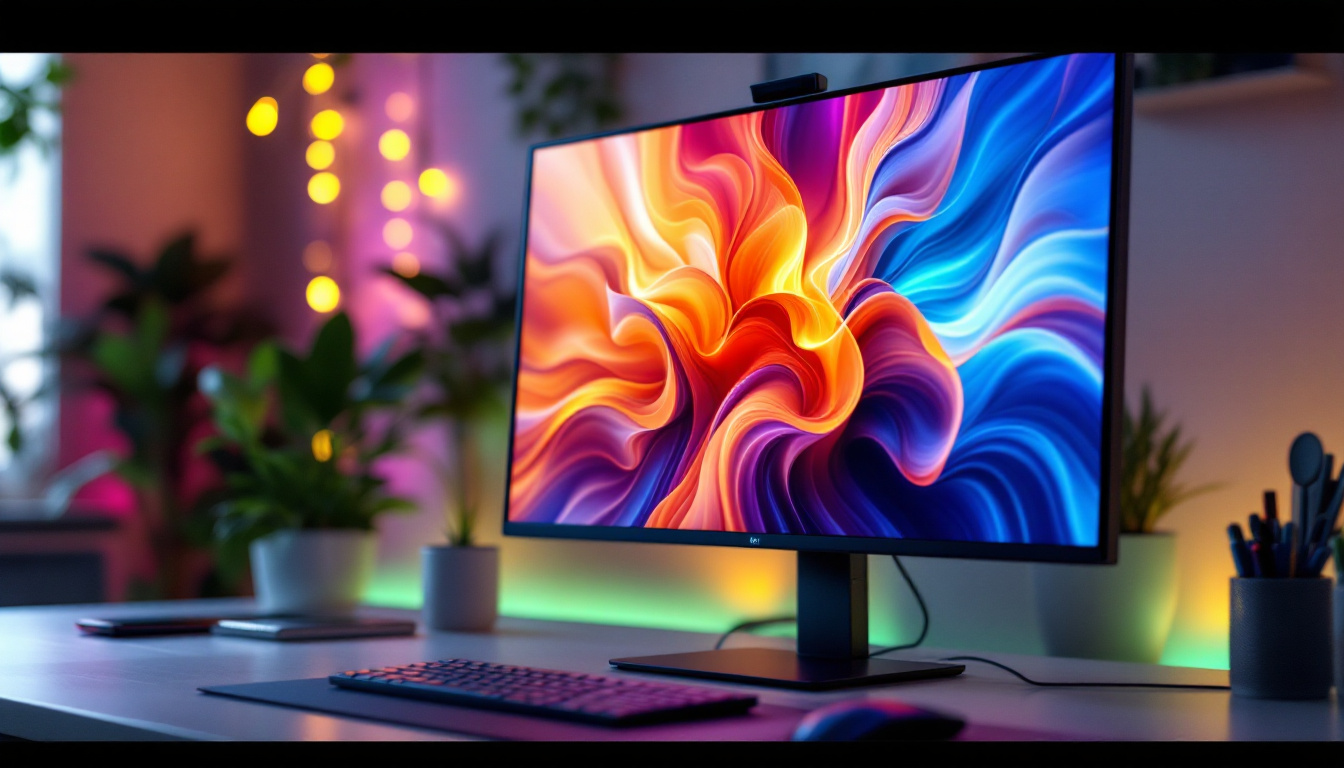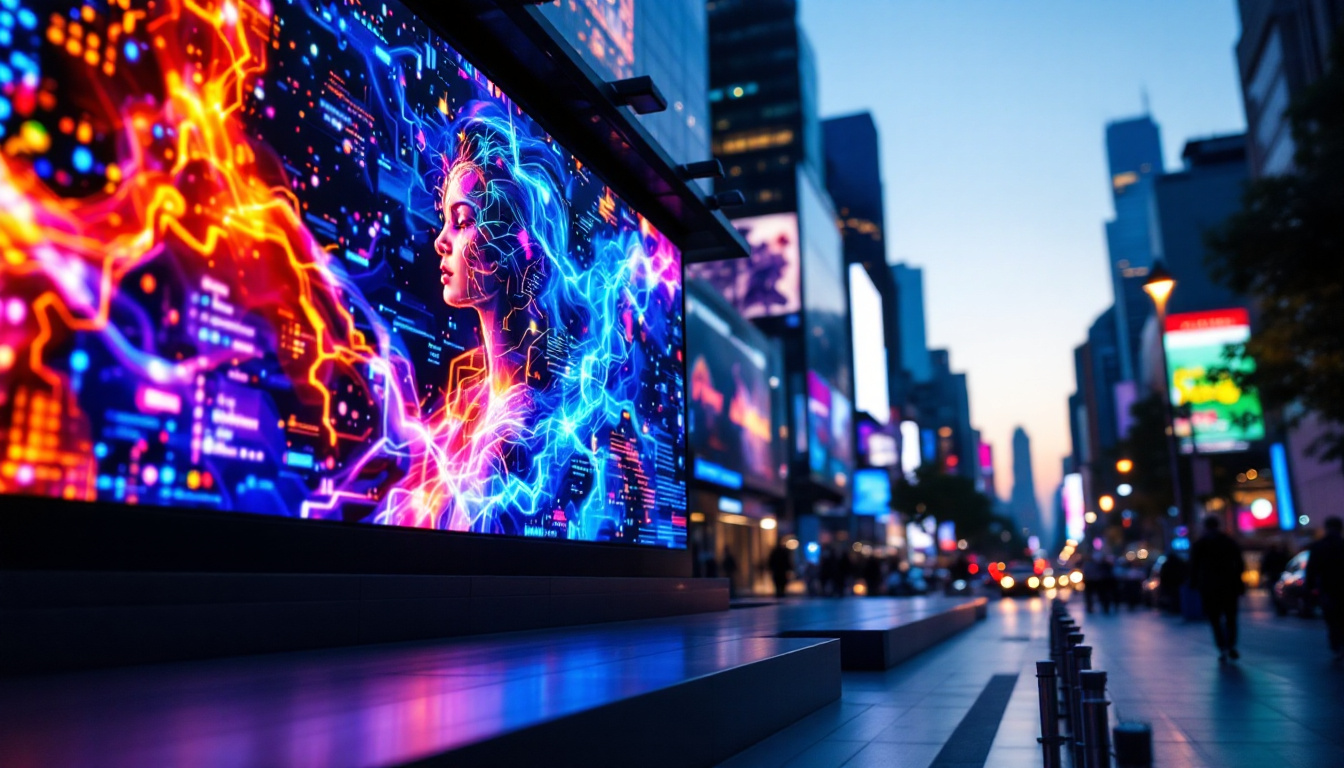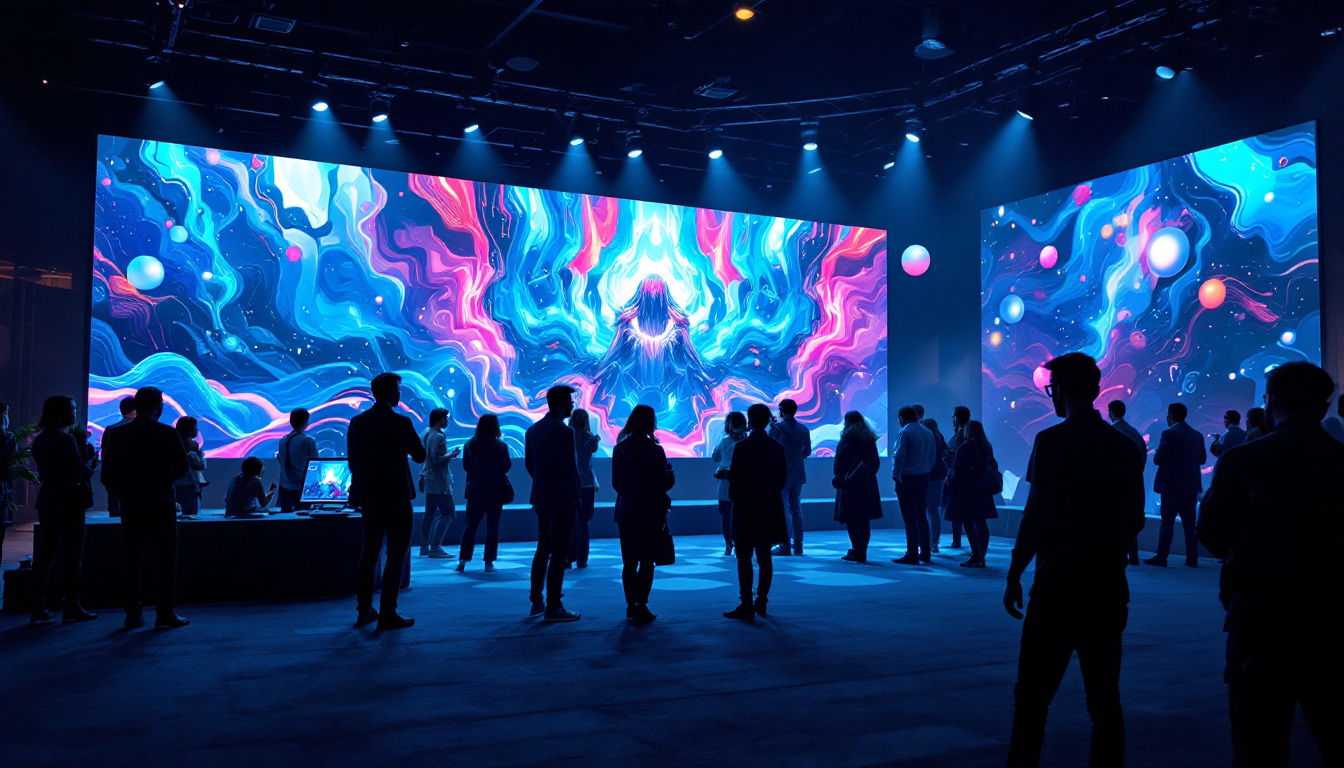In recent years, the demand for high-quality visual displays has surged across various sectors, from advertising to entertainment and beyond. One of the most prominent technologies that have emerged is the LED wall screen. This article explores the intricacies of LED displays, their applications, advantages, and the technology behind them.
Understanding LED Technology
Light Emitting Diodes (LEDs) are semiconductor devices that emit light when an electric current passes through them. Unlike traditional lighting methods, LEDs are compact, energy-efficient, and have a longer lifespan. These characteristics make them ideal for use in large display screens. The efficiency of LEDs is particularly noteworthy, as they convert a significant portion of electrical energy into light, resulting in lower energy consumption and reduced heat output compared to incandescent bulbs. This energy efficiency not only contributes to cost savings but also aligns with global efforts to reduce carbon footprints.
How LED Displays Work
LED displays consist of numerous small diodes arranged in a grid format. Each diode can emit red, green, or blue light, which can be combined in various intensities to create a full spectrum of colors. When these diodes are activated in specific patterns, they form images or videos that can be viewed from a distance. The technology behind LED displays has evolved significantly, allowing for greater brightness and contrast, which enhances visibility even in direct sunlight. Furthermore, advancements in driver technology enable smoother transitions and more dynamic visual effects, making LED displays increasingly popular in entertainment and advertising.
In a typical LED wall screen, the diodes are grouped into pixels, with each pixel representing a small portion of the overall image. The resolution of the display is determined by the number of pixels per square inch, which directly impacts the clarity and detail of the visuals. High-resolution displays, often referred to as fine pitch LED screens, are capable of delivering stunning detail, making them suitable for applications ranging from digital signage to high-profile events. The pixel pitch, which is the distance between the centers of two adjacent pixels, is a crucial factor that influences both the viewing distance and the overall image quality.
Types of LED Displays
LED displays can be categorized into several types based on their application and technology:
- Direct View LED: These displays use individual LEDs to create images and are often used for large outdoor screens. Their robust construction allows them to withstand harsh weather conditions, making them ideal for billboards and stadium displays.
- LED Video Walls: Composed of multiple LED panels, these walls are designed for indoor and outdoor use, providing high-resolution images. They are commonly found in arenas, concert venues, and corporate environments, where large-scale visuals are essential for audience engagement.
- OLED Displays: A subset of LED technology, Organic LEDs offer superior contrast and color accuracy, making them popular for high-end applications. The flexibility of OLED technology also allows for innovative designs, such as curved or transparent displays, opening new avenues for creative installations.
In addition to these types, there are also specialized LED displays designed for niche markets, such as transparent LED screens that allow for visibility through the display itself, often used in retail environments to create eye-catching advertisements without obstructing the view of products behind them. Another emerging trend is the use of microLED technology, which promises even greater efficiency and color performance, paving the way for next-generation displays that could revolutionize everything from televisions to mobile devices.
Applications of LED Wall Screens
LED wall screens have found their way into various industries due to their versatility and effectiveness. Here are some of the most common applications:
Advertising and Marketing
One of the most significant uses of LED wall screens is in advertising. Businesses utilize these displays to showcase dynamic content, promotions, and brand messages. The ability to change the displayed content quickly allows for targeted advertising, making it an effective tool for marketers.
Moreover, the bright and vibrant colors of LED displays attract attention, making them ideal for high-traffic areas such as shopping malls, airports, and city centers. This adaptability not only enhances brand visibility but also enables businesses to tailor their messages based on time of day or audience demographics, optimizing engagement and conversion rates. As technology advances, some LED displays even incorporate interactive elements, allowing consumers to engage directly with the content, further enhancing the advertising experience.
Entertainment and Events
In the entertainment industry, LED wall screens are a staple at concerts, festivals, and live events. They provide a backdrop for performances, enhancing the visual experience for audiences. The ability to display high-resolution videos and graphics in real-time allows for a more immersive experience.
Additionally, LED screens are used in theaters and cinemas for previews and advertisements, creating a captivating environment that engages viewers before the main feature begins. Beyond traditional uses, these screens have also transformed the way events are produced, enabling creative storytelling through synchronized visuals and lighting. For instance, during live performances, artists can use LED screens to create stunning visual narratives that complement their music, making each show a unique experience for attendees.
Corporate and Educational Use
LED wall screens are increasingly being adopted in corporate environments for presentations, meetings, and training sessions. Their high visibility ensures that all attendees can see the content clearly, regardless of their seating position.
In educational settings, these displays facilitate interactive learning experiences. Teachers can use them to present multimedia content, making lessons more engaging for students. Furthermore, the ability to connect to various devices allows for seamless integration of technology in the classroom. Schools and universities are also leveraging LED screens for announcements and event promotions, creating a vibrant campus atmosphere. As educational institutions continue to embrace digital tools, LED wall screens serve as a bridge between traditional teaching methods and modern educational practices, fostering collaboration and creativity among students and educators alike.
Advantages of LED Wall Screens
LED wall screens offer numerous advantages over traditional display technologies. Here are some of the key benefits:
Energy Efficiency
One of the most significant advantages of LED technology is its energy efficiency. LED wall screens consume considerably less power compared to older display technologies, such as LCD or plasma screens. This not only reduces operational costs but also minimizes the environmental impact.
High Brightness and Visibility
LED displays are known for their exceptional brightness, making them easily viewable in various lighting conditions, including direct sunlight. This feature is particularly beneficial for outdoor applications, where visibility is crucial.
The high contrast ratio of LED screens ensures that images appear sharp and vibrant, enhancing the overall viewing experience.
Durability and Longevity
LED wall screens are built to withstand harsh environmental conditions, making them suitable for both indoor and outdoor use. They are resistant to shocks, vibrations, and temperature fluctuations, ensuring consistent performance over time.
Moreover, the lifespan of LED technology is significantly longer than that of traditional displays, often exceeding 100,000 hours of use. This longevity translates to lower maintenance costs and fewer replacements.
Challenges and Considerations
While LED wall screens offer numerous benefits, there are also challenges and considerations to keep in mind when implementing this technology.
Initial Investment
The initial cost of purchasing and installing LED wall screens can be substantial. Businesses must weigh the long-term benefits against the upfront investment to determine if it aligns with their budget and objectives.
However, it is essential to consider the potential return on investment (ROI) that can result from increased visibility and engagement, particularly in advertising and marketing applications.
Technical Expertise
Operating and maintaining LED wall screens requires a certain level of technical expertise. Organizations may need to invest in training for staff or hire specialized technicians to ensure optimal performance and troubleshooting.
Additionally, keeping up with advancements in LED technology may require ongoing education and adaptation to new systems and software.
Future Trends in LED Display Technology
The LED display industry is continuously evolving, with new advancements emerging regularly. Here are some trends to watch for in the future:
Mini and Micro LED Technology
Mini and micro LED technologies are gaining traction due to their ability to provide higher resolutions and improved color accuracy. These smaller diodes allow for more compact displays without compromising quality, making them ideal for applications where space is limited.
As these technologies become more mainstream, they are expected to revolutionize the way LED displays are designed and utilized.
Integration with Augmented and Virtual Reality
The integration of LED displays with augmented reality (AR) and virtual reality (VR) technologies is on the rise. This combination can create immersive experiences for users, particularly in gaming, education, and training environments.
As AR and VR technologies continue to advance, the demand for LED displays that can support these experiences will likely grow, leading to innovative applications and designs.
Smart Displays
Smart LED displays equipped with artificial intelligence (AI) and machine learning capabilities are becoming more prevalent. These displays can analyze viewer behavior, optimize content delivery, and even interact with audiences in real-time.
As smart technology continues to evolve, LED displays will become more intuitive and responsive, enhancing their effectiveness in various applications.
Conclusion
LED wall screens have transformed the way visual content is displayed, offering unparalleled brightness, energy efficiency, and versatility. From advertising and entertainment to corporate and educational applications, the impact of LED technology is profound and far-reaching.
As advancements in LED technology continue to emerge, the future looks bright for this dynamic industry. Organizations looking to invest in visual displays should consider the benefits of LED wall screens, as they offer a compelling solution for engaging audiences and enhancing experiences.
In summary, the LED display landscape is continually evolving, and staying informed about the latest trends and technologies will ensure that businesses can leverage these innovations effectively. Whether for marketing, entertainment, or education, LED wall screens are poised to play a pivotal role in the future of visual communication.
Discover Cutting-Edge LED Display Solutions with LumenMatrix
Ready to elevate your visual communication with the latest in LED display technology? LumenMatrix offers a comprehensive range of innovative LED display solutions tailored to meet your needs. From Indoor and Outdoor LED Wall Displays to specialized options like Vehicle LED Displays, LED Posters, Sports Displays, and even Custom and All-in-One solutions, we have you covered. Experience the future of digital signage and create unforgettable visual experiences that captivate your audience. Check out LumenMatrix LED Display Solutions today and see how we can help you make a lasting impression.

